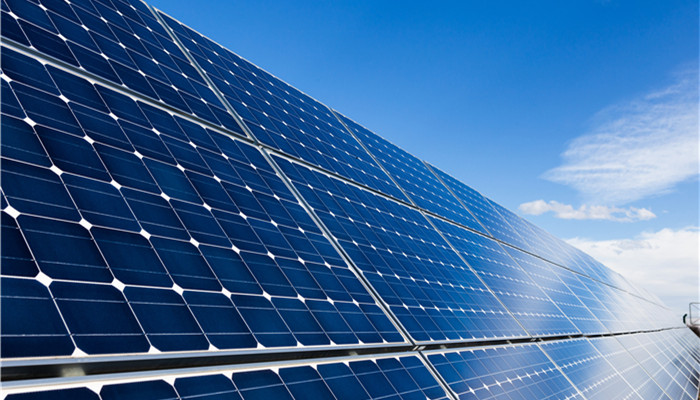
Driven by the rapid development of interdigitated back contact (IBC) cells, the photovoltaic insulation adhesive market is expected to achieve rapid growth
Photovoltaic insulating adhesive is a type of composite adhesive with good electrical insulation properties used in the photovoltaic field, including heat-curing and light-curing photovoltaic insulating adhesives. Photovoltaic insulating adhesive is a new type of photovoltaic adhesive material. It has the advantages of good insulation, excellent printing performance, good temperature resistance, excellent anti-yellowing performance, and good chemical stability. It is mainly used in back contact batteries, especially IBC batteries. (Interdigital back contact battery).
IBC battery is the most representative type of back-contact battery. It refers to a type of solar cell in which both positive and negative metal contacts are moved to the back of the cell. It is compatible with various battery technologies such as HJT and TOPCon. It has no grid lines on the front It can absorb sunlight over the entire area without any obstruction, and has broad application prospects in solar panels, photovoltaic power generation systems, solar modules, building integrated photovoltaics (BIPV) and other fields.
However, since the positive and negative metals of the back-contact battery are both arranged on the back of the battery, the interconnections of the battery sheets are generally connected through metal layers set at intervals on the back plate. Therefore, during the back plate processing, an insulating material needs to be laid to ensure Insulation between gate lines of different polarity. Photovoltaic insulating glue is a new type of insulating material required in back contact batteries, and its industry development is closely related to the development of the back contact battery industry.
IBC battery is the fourth generation photovoltaic battery technology after BSF battery, PERC battery and HIT battery. It has the advantages of high battery conversion efficiency, high energy density and long service life. Nowadays, there are companies in my country that have achieved mass production of IBC batteries. Huanghe Hydropower Xining Solar Power has built an intelligent IBC battery component production line with a mass production scale of 200 MW, and has now achieved high-efficiency production of IBC batteries. As a new generation of solar cells, the output of IBC cells is expected to continue to increase in the future, and photovoltaic insulation glue, as its key material, is expected to continue to grow in market demand.
According to the“2023-2028 Photovoltaic Insulating Adhesive Industry Market In-depth Research and Investment Prospect Forecast Analysis Report” released by the Industrial Research Center It shows that photovoltaic insulating adhesive belongs to a new type of photovoltaic adhesive, and the industry is still in its early development stage. At present, there are only a few domestic enterprises with the production capacity of photovoltaic insulating adhesive, such as Hangzhou Foster Applied Materials Co., Ltd. and Jiangsu Guangxin Photosensitive New Materials Co., Ltd.
Industry analysts said that judging from the development status of domestic enterprises, in May 2023, Hangzhou Fox We have successfully developed and launched a new photovoltaic insulating adhesive product, which can meet 3 times the IEC test standard and provide reliable insulation guarantee for the electrical interconnection of back-contact batteries; as of June 2023, Guangxin Materials’ photovoltaic insulating adhesive has reached the leading position in downstream Photovoltaic cell module companies have achieved batch sales, and their production capacity is currently in a period of rapid ramp-up and volume expansion. In the future, they will achieve rapid growth with the continued expansion of downstream HPBC and other IBC batteries. At present, my country’s photovoltaic insulation adhesive industry is still in the early stages of development. In the future, as enterprise technology continues to advance, its development speed is expected to continue to accelerate.

 微信扫一扫打赏
微信扫一扫打赏

